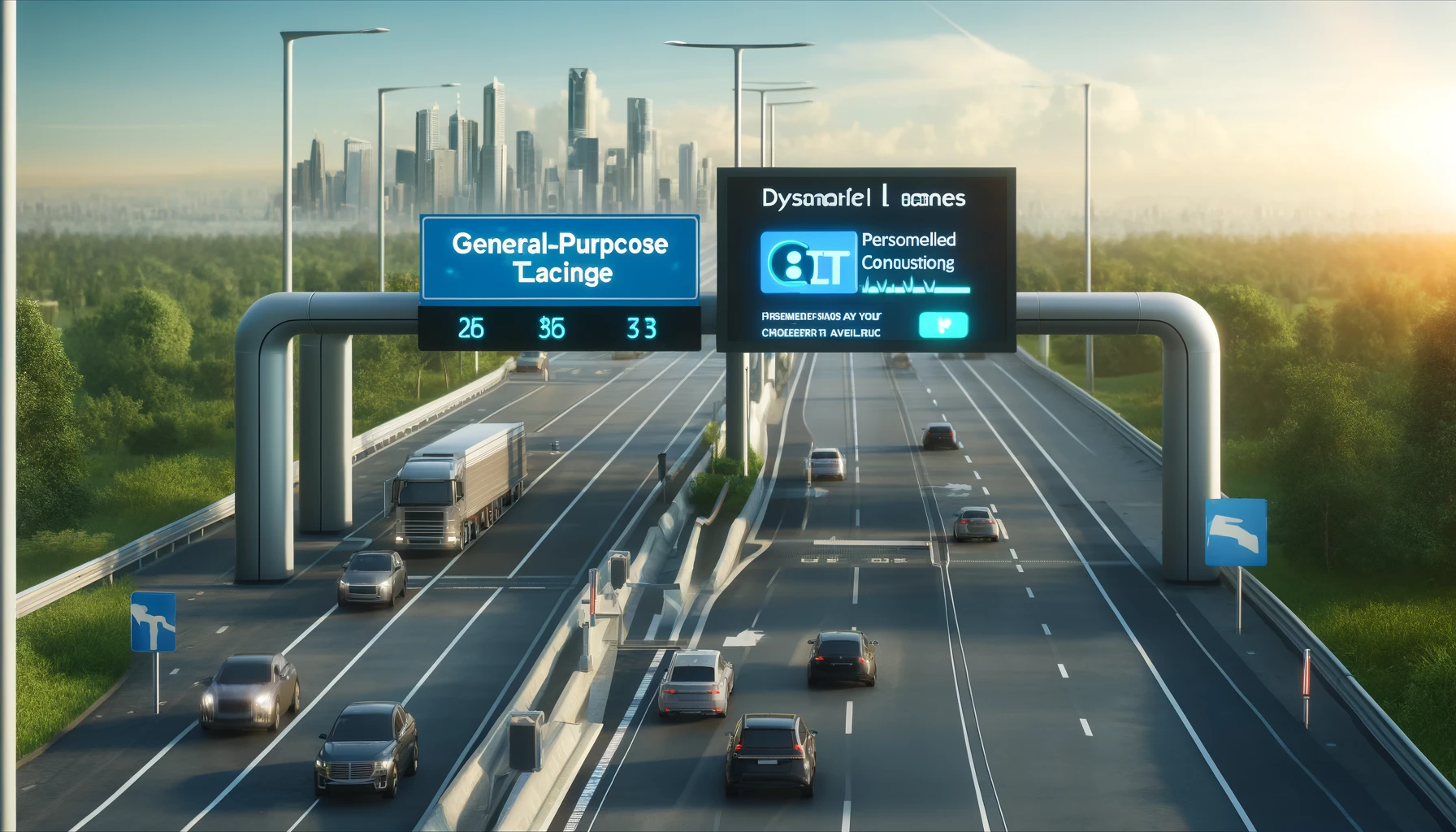Congestion in transportation networks is a significant global issue, leading to increased energy consumption, emissions, and economic costs. In the U.S. alone, congestion cost travelers about 88 billion dollars in 2019. Although traffic levels dropped during the COVID-19 pandemic, they have since returned to pre-pandemic levels. Among the various solutions to mitigate congestion, managed lanes (ML) tolled lanes next to free general-purpose (GP) lanes have gained considerable attention for their ability to reduce congestion and use road capacity more efficiently.
A research team from the Massachusetts Institute of Technology and the Technical University of Denmark, including Yifei Xie, Ravi Seshadri, Yundi Zhang, Arun Akinepally, and Moshe E. Ben-Akiva, has proposed a novel pricing framework for managed lanes. This framework offers personalized discounts based on individual preferences to attract more travelers to the ML, improve equity, reduce congestion, and increase revenue.
Challenges in Setting Toll Rates for Managed Lanes
Managed lanes are typically built and operated through agreements between private operators and transportation authorities. Private operators build, maintain, and collect toll revenue from MLs over several decades, adjusting toll rates dynamically based on demand and traffic conditions. However, setting these toll rates is complex due to conflicting objectives. Operators aim to maximize revenue, travelers seek to minimize travel time and costs, and regulators strive to maximize welfare, ML usage, and equity while reducing energy consumption and emissions. High tolls can lead to underutilized MLs and increased congestion on GP lanes, raising equity concerns. Conversely, focusing solely on revenue can result in tolls that intentionally congest GP lanes early to generate more revenue later, which is ethically questionable.
Bi-level Optimization Framework for Tolling
The proposed system uses an online bi-level optimization framework that tackles both system-level and user-level optimization challenges. At the system level, the framework sets tolls and a discount control policy to balance various objectives, including short-term revenue, future revenue improvement, capture rate bonus, and subscriber lifetime value. This optimization occurs periodically, adjusting tolls and the discount control parameter to maximize these objectives. The system aims to enhance revenue while promoting social welfare and customer retention, considering constraints like an upper limit on toll rates and a minimum speed requirement for managed lanes. The optimization problem is typically solved using a grid search algorithm, though more advanced methods like reinforcement learning or genetic algorithms could be employed for more complex networks.
At the user level, the system offers personalized discounts based on individual preferences and predicted network conditions. This optimization also considers the discount control parameter set by the system-level optimization. The objective is to balance short-term revenue, future revenue improvement, capture rate bonus, and subscriber lifetime value, ensuring that the system's overall performance remains desirable. By tailoring discounts to individual travelers, the framework aims to improve equity and attract more users to the managed lanes, ultimately enhancing the efficiency of the transportation system.
Testing the Personalized Tolling System
The proposed approach was tested on a managed lanes facility near the Dallas/Fort Worth Airport, focusing on a 13.3-mile corridor with three toll segments. The study included four scenarios: the base case with existing tolls and no discounts, optimized tolls with no discounts, existing tolls with optimized discounts, and optimized tolls with optimized discounts. The system and user optimization problems were tested in a closed-loop simulation environment using the SimMobility Short-Term simulator. Results showed that the personalized tolling approach improved operator revenue, increased ML usage, enhanced traveler benefits, and reduced congestion compared to the existing tolling policy.
Impact and Future Prospects
Personalized tolling increased revenue and attracted more travelers to the ML, especially those with lower values of time, improving equity. Peak-hour congestion was reduced, benefiting both subscribers and non-subscribers. Subscribers, particularly those with lower values of time, received lower tolls, addressing equity concerns as managed lanes often serve wealthier travelers. Non-subscribers also benefited from reduced congestion on GP lanes.
The study presents a significant advancement in dynamic pricing for transportation systems, offering a practical solution to congestion management and infrastructure utilization. By combining prediction, optimization, and personalization, the proposed framework improves system performance, increases revenue, enhances equity, and reduces congestion. The research highlights the potential of personalized tolling systems to transform transportation management and provides a foundation for future research and implementation in other regions and contexts.











